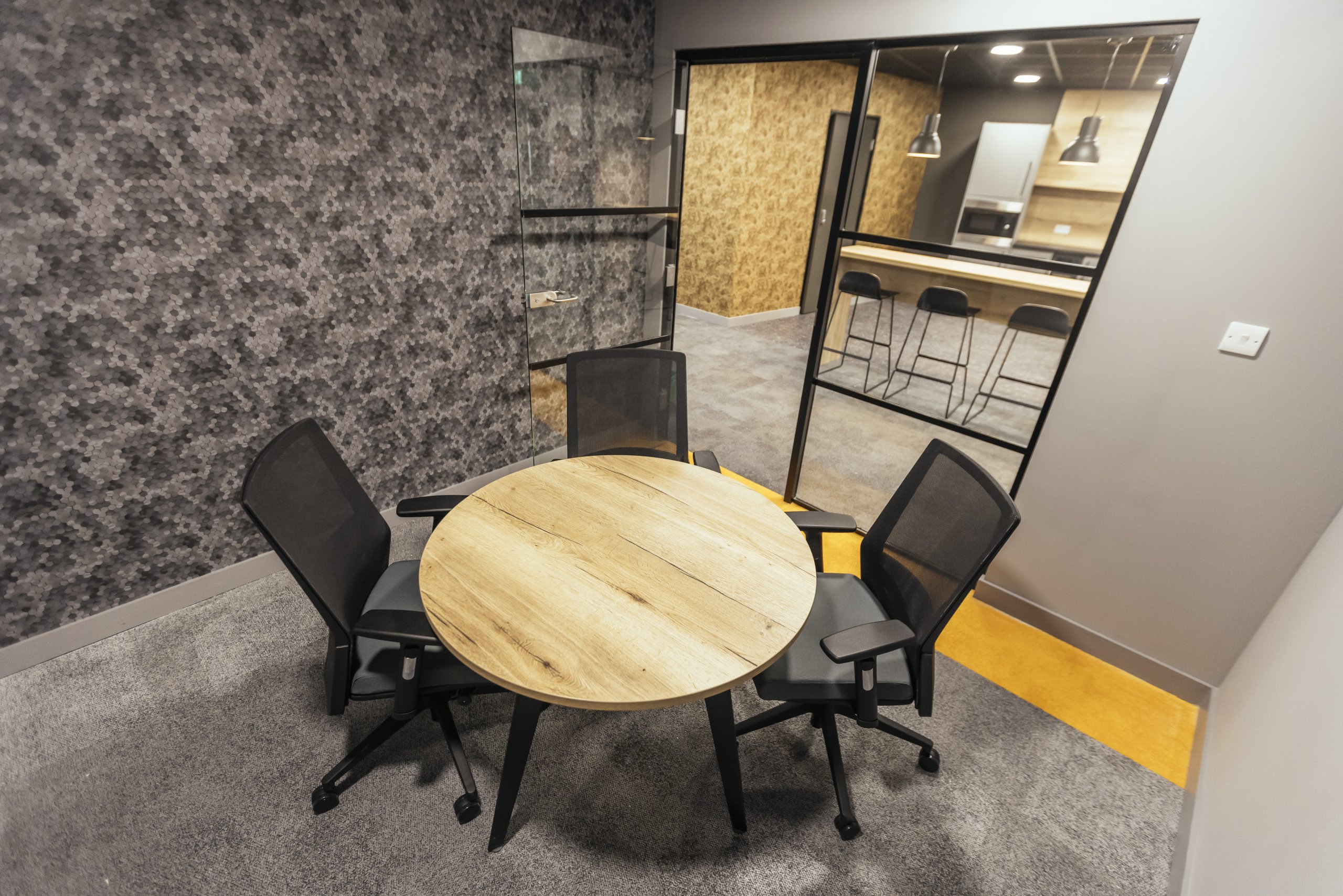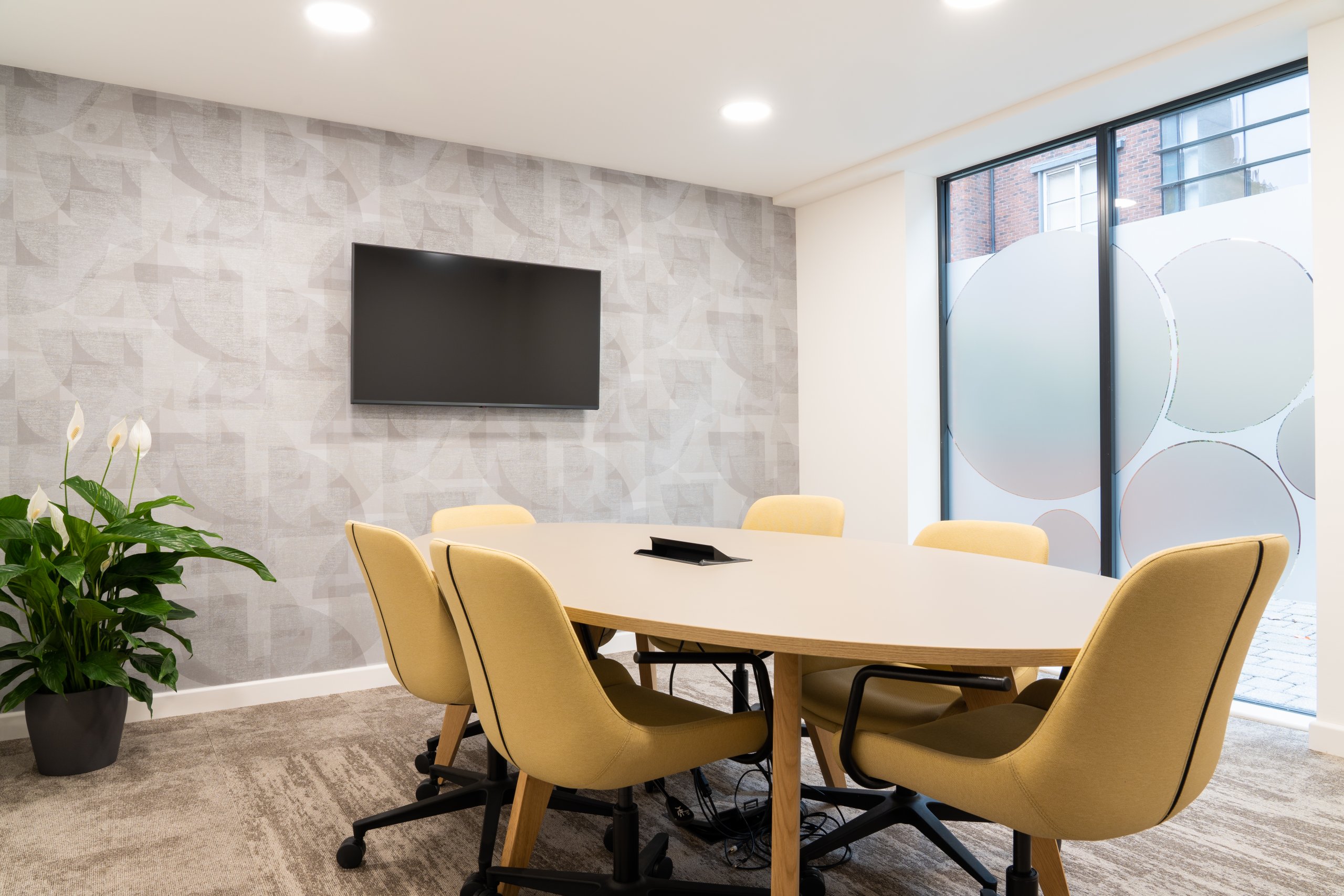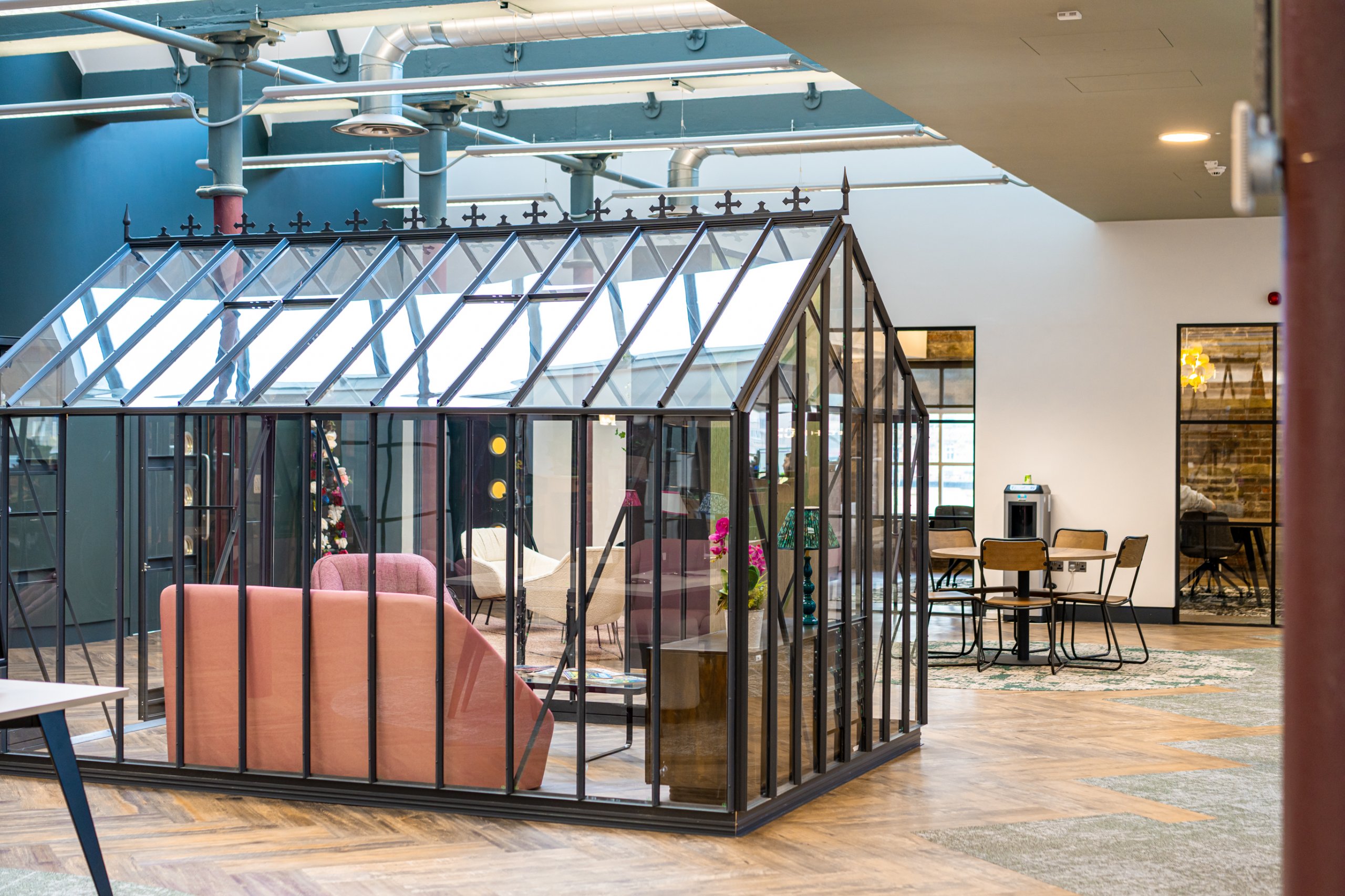Accounting, legal, and insurance are all sectors that operate within the professional services industry.
Whilst the nature of these firms is quite different, there have a common theme when it comes to their office design requirements. Like most industries, staff working within the professional services industry now have the ability to complete their work from any location, and their offices now are used as a central hub to support hybrid working.
As a result, office spaces for this industry now must be purpose built to facilitate the individual working styles that employees have become accustomed to while working away from the office. But, it is also important that they fulfil client needs and ensure productivity in the workplace.
Though this can sound like a simple idea, creating a balanced working environment that fulfils the above requirements can be difficult. However, with the right plan, quality workplace consultants, and some valuable office design tips, you will be able to create an office that perfectly serves staff working within the professional services industry.
Our top tips for designing an office for a professional services company are as follows:
Whilst open plan office layouts have risen in popularity in a post-pandemic world to facilitate more collaborative workforces, this design concept does not fit well in every type of business, including those within the professional services industry.
Firms operating within the professional service industry require a certain level of privacy on a day-to-day basis to meet with clients discreetly or to work privately. As a result, a complete open plan office design does not support this way of working.
A professional services office should have a number of small, enclosed areas implemented into its design so that the workplace can be sectioned off into manageable work spaces.

This provides staff with private working areas should they need it, but still allows for an open plan concept elsewhere to also let staff interact and collaborate freely.
This layout can be achieved by using acoustic office partitioning to clearly section off private, soundproofed areas within the office. Alternatively, small working rooms are also ideal to create this same effect. Our Building Interiors design team have done this previously with our client at Franks Accountants.
By allocating specific areas where your employees can work and meet independently, you can provide professional service workers with the privacy they need while still allowing them a collaborative workspace.

Though professional service companies like accounting and legal don’t tend to collaborate in large groups often, there are still circumstances where they will need to come together in smaller numbers. As such, it is important for all professional service companies to create meeting rooms for when they are needed.
Comfort should be a priority when designing these spaces to ensure you provide both staff and guests alike with the hospitality they require. Relaxed office furniture, clear site lines around meeting tables and dynamic lighting are all design features that will help to create a comfortable and productive atmosphere in these areas.
Further, ensure that your meeting rooms are built with high-quality audio-visual equipment to allow for clear communication with out-of-office clients or colleagues during video calls.
By considering the needs of your staff and clients when designing your meeting rooms, you are ensuring that they have everything they need to fulfil their duties effectively.
When working for a professional services firm, quietness in the office space is important so staff can focus and complete the quality work that is expected of them. To accomplish this, an office space designed for a professional service company must create allocated noise-free workspaces that employees can use to avoid distraction.
Agile working solutions such as working booths are always a popular choice amongst staff, as they can serve a dual purpose of being both collaboration and independent working spaces. Having these booths situated away from your central office workspace will also help to keep distraction to a minimum.
The use of sound-dampening materials like carpet will also help to reduce any noise disruption in your office too.


As we have already addressed, the need for independent working zones in a professional services office is essential. However, staff also need areas where they can collaborate with others and unwind.
To do this effectively, a professional services office should provide a variety of working zones that cater to the different needs of its employees. As well as installing breakout booths for small group projects and meetings, also consider creating informal meeting spaces where staff can socialise. Include lounge furniture to create a distinct change in environment so this won’t have a negative impact on employees in other working areas.
We have created numerous projects for the professional service industry which you can read more about here. This hands-on experience makes us the ideal choice if you’re considering completing an office refurbishment for your professional services business.
Our design experts will work alongside you to create an agile working space that supports both your staff members working style, and the nature of your business, whatever it may be.
If you would like to speak to a member of our team regarding your new office design, you can call us on 0113 388 6522, or please contact us here.